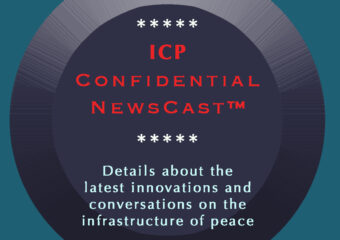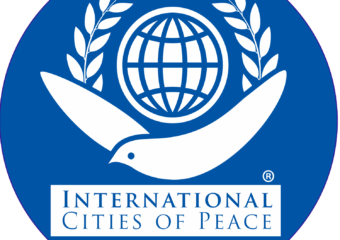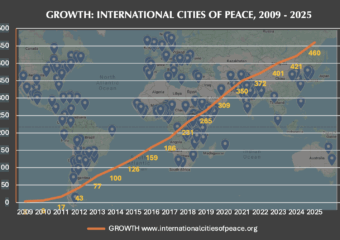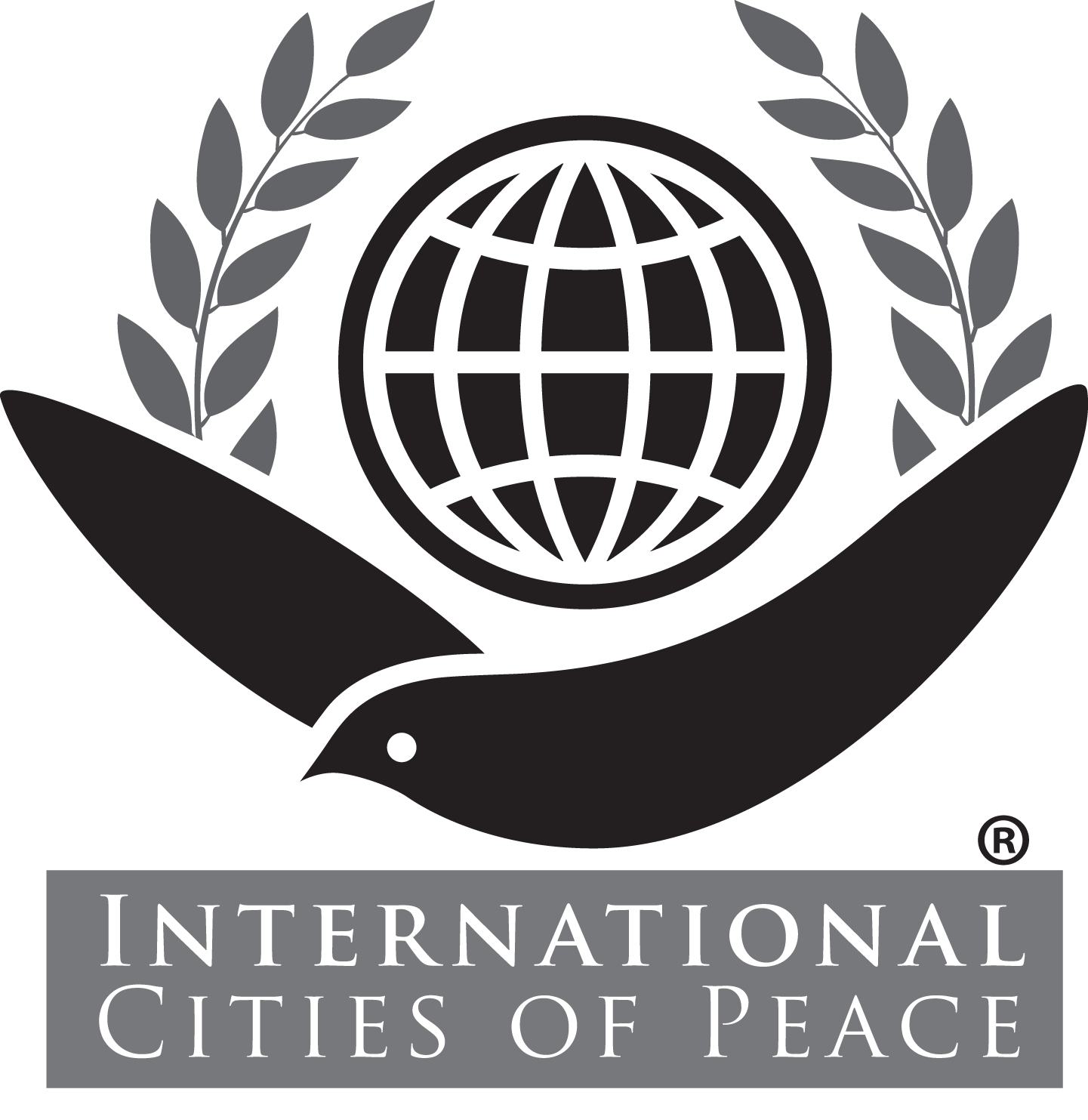Cities of Peace, Inc.
Report 2021 – 2024
Special, 2017
International Cities of Peace, the main program of Cities of Peace, Inc. is a global association of member municipalities that define their communities as Cities of Peace. Each City of Peace in the association makes public a plan to increase the safety, prosperity and quality of life for all in the community. Established in 2009, the association of International Cities of Peace has over 400 member Cities of Peace in over 75 nations in Africa, Asia, Europe, North America, South and Central America and Oceania. Each City of Peace is a signatory of a letter of intent based on the United Nations Culture of Peace Resolution, which addresses a Culture of Peace The result is hundreds of on-the-ground initiatives in support of the United Nations Sustainable Development Goals.
The organization provides an array of tools and services to help individuals, groups and civic institutions develop plans and make progress in furthering within their community a culture of peace. With a free Classroom, free extensive Community Profiles, training and other services, International Cities of Peace provides substantive resources for hundreds of at risk communities and leaders.
2020-2025 New Countries added with member Cities of Peace in the association of International Cities of Peace: Nine Countries (9) for a total of 75 Countries. New countries included Denmark, Ecuador, Northern Ireland, Togo, Brazil, Boliva, Venezuela, Peru, Spain. New member Cities of Peace since 2020: 98 new member Cities of Peace to our growing network of International Cities of Peace.
Each official member of International Cities of Peace is required to sign the UNESCO Culture of Peace Resolution with the eight tenets of the Program of Action, 1998. Each City of Peace in the association makes public a plan to increase the United Nations Sustainable Development Goals in terms of safety, prosperity and quality of life for all in the community.
United Nations International Day of Peace: Documented participation of over 100 Cities of Peace with promotional video focusing on United Nations opportunity. Representatives participated in the U.N. Peace Day Youth Observance in 2022 to 2024; participated with the International Day of Peace Team, Global Outreach Section of the Department of Communications. Cities of Peace also participated on the Peace Day Committee and logged information on the International Day of Peace trello with postings on the U.N. website. In addition, participation included the 2024 Summit of the Future. 2022 – Treaty on the Prohibition of Nuclear Weapons – review conference ; 2022 – International Youth Conference ; 2022 – Coalition for the UN We Need; 2021 – ECOSOC Youth Forum; 2021 – Global People’s Virtual Forum for the Future of the United Nations
Cities of Peace, Inc. Board Member Mr. Lou Cheng is the UNESCO Chair of Peace Studies at Nanjing University, China, mentoring Weifang, Denfeng, and Zhijiang, China as International Cities of Peace. In coordination with International Cities of Peace, Weifang opened the Weifang Institute of Peace and Nanjing published the first Peace Studies Journal in China. United Nations Association: Two Cities of Peace are integral to the U.N. Association, with Board Members Barbara Gaughen-Muller in Santa Barbara, California; Kjeld Lanng in Aalborg, Denmark. SustainChain™ U.N. Partner Organization: Attended 2023 Launch of
Attended the launch of SustainChain™, a U.N. Partner Organization, Cities of Peace, Inc. attended 2023 Launch of SustainChain at the Empire State Building with Jeffery Sachs, president of the UN Sustainable Development Solutions Network. Onboarded over 25 City of Peace leaders in the SustainChain Alternative Intelligence-based online ecosphere in 20245-2 to identify opportunities to advance the U.N. Sustainable Development Goals (SDGs) and Millennium Development Goals. The requirement of member Cities of Peace to develop ICP Action Plans provides each community with the opportunity to create a Plan to focus on the SDGs. Cities of Peace, Inc. submitted a letter to Secretary-General outlining our mission of “creating the infrastructure of peace, community by community, to localize, democratize, and sensitize geopolitical decisions to the needs of families.”




